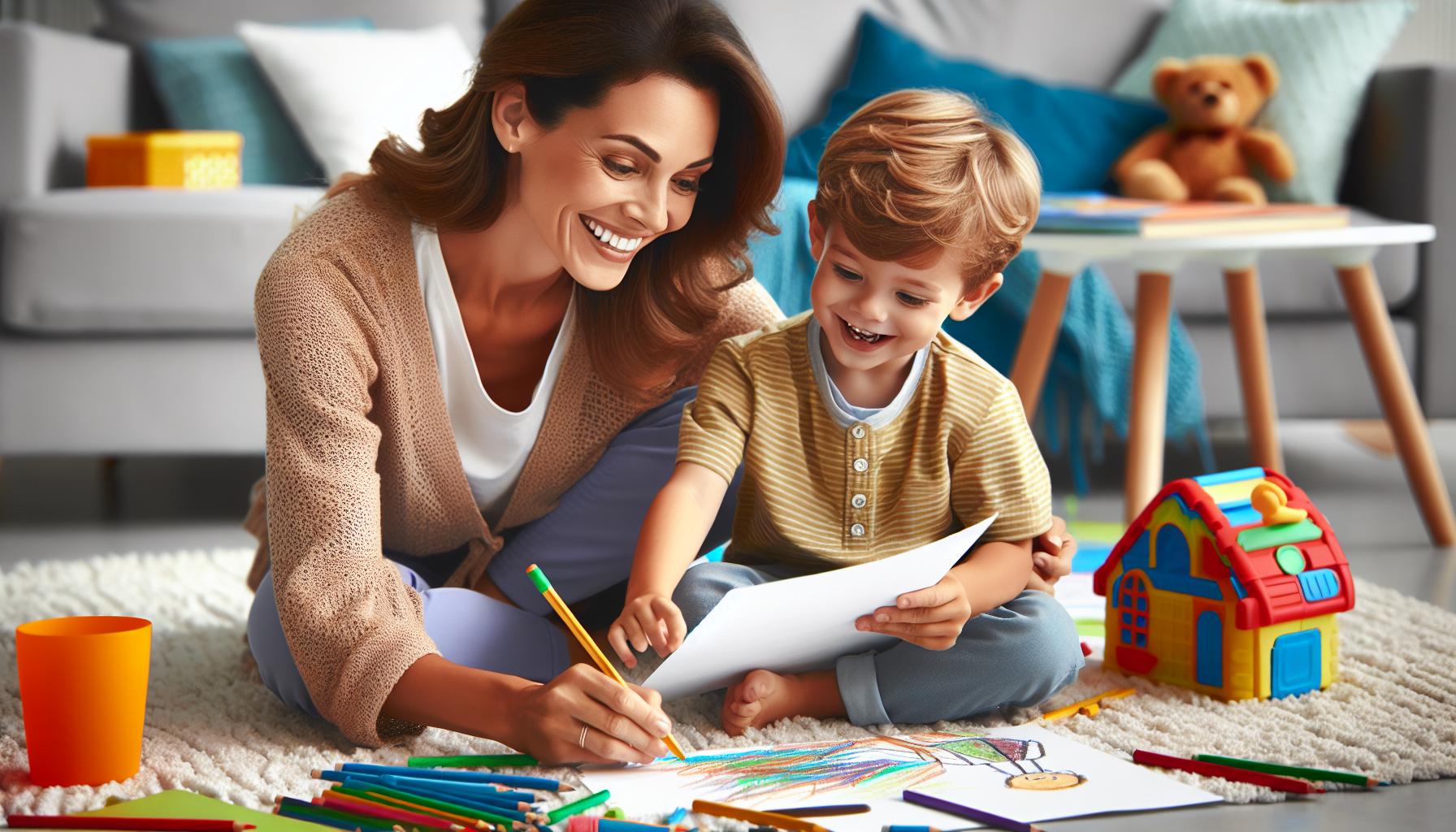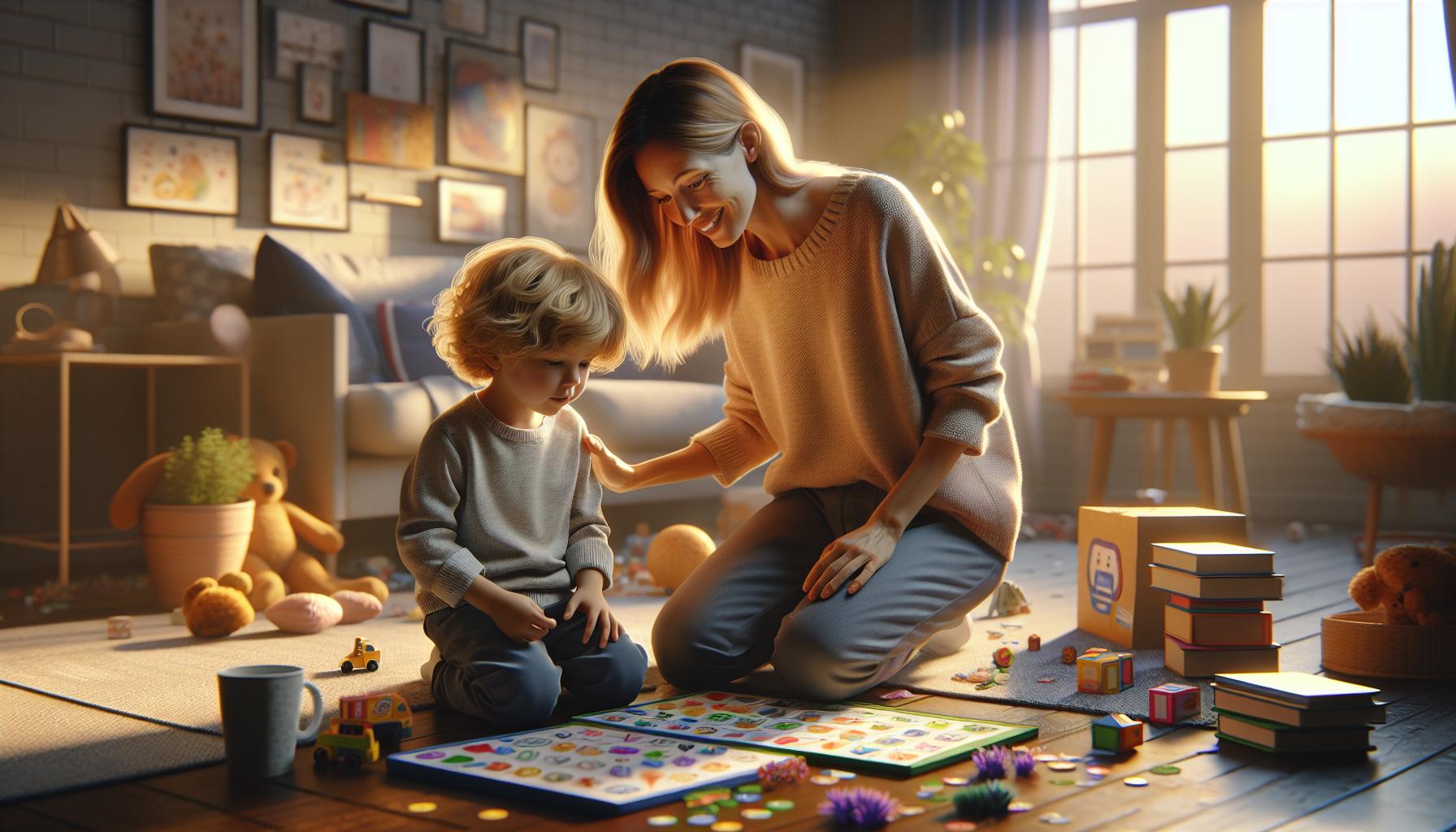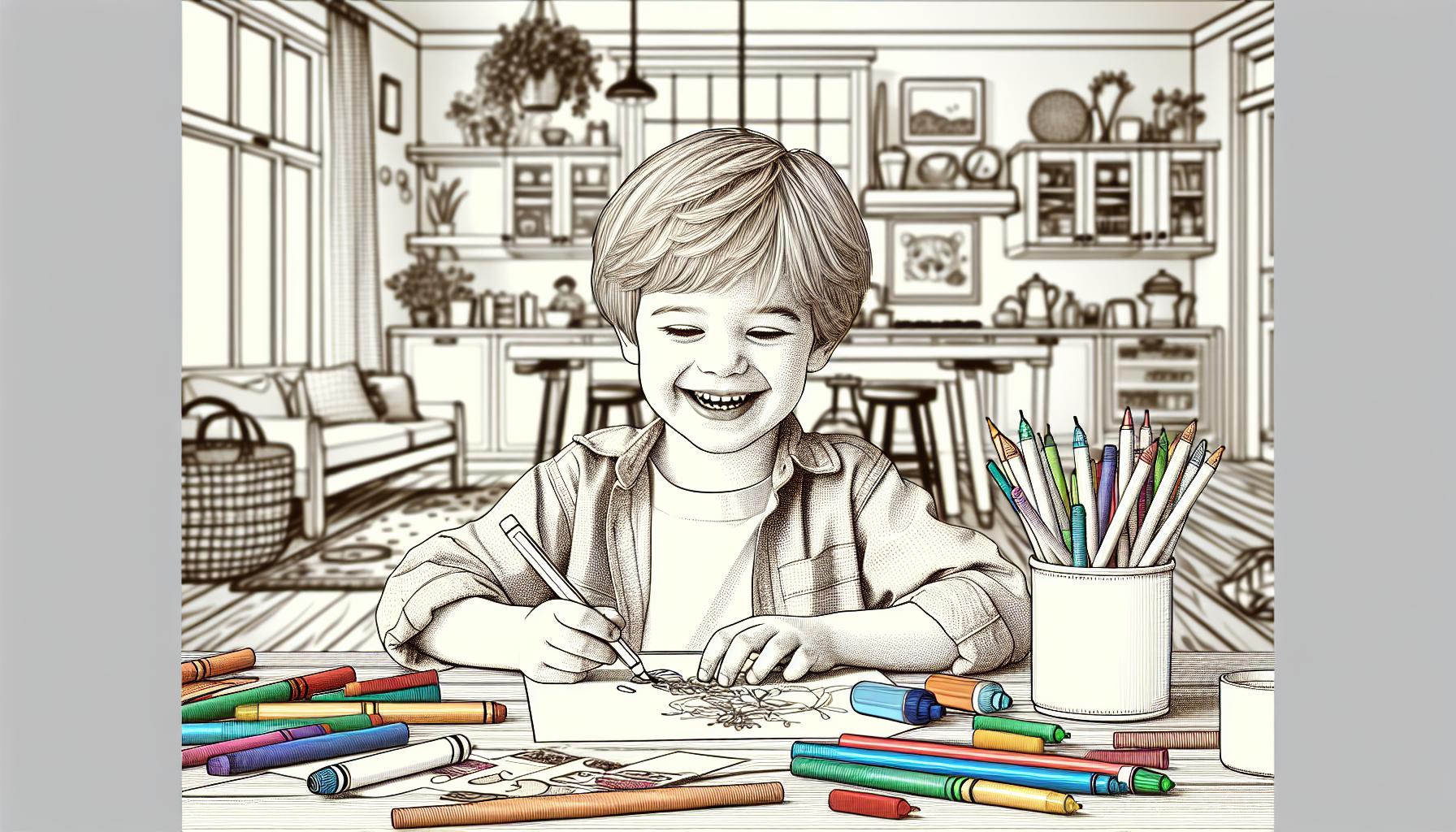Navigating the parenting journey can be both rewarding and challenging, especially when it comes to raising a six-year-old. At this age, children are bursting with curiosity and energy, making it crucial for parents to provide a nurturing environment that fosters their growth. Understanding their unique needs and interests is essential for building a strong bond and promoting healthy development.
Being a good parent to a six-year-old involves more than just meeting basic needs. It requires patience, creativity, and effective communication. Parents must balance discipline with encouragement, ensuring their child feels supported while also learning important life skills. With the right approach, parents can help their little ones thrive during this pivotal stage of childhood.
Key Takeaways
- Understand Unique Needs: Acknowledge the distinct emotional and social development phases of a six-year-old to foster effective parenting.
- Communicate Effectively: Use active listening and encourage self-expression through open-ended questions to strengthen communication and emotional intelligence.
- Set Clear Boundaries: Establish consistent rules and apply positive reinforcement to create a supportive environment and promote good behavior.
- Support Learning: Engage children in educational activities, such as reading and hands-on projects, to encourage curiosity and enhance knowledge.
- Create a Nurturing Environment: Prioritize quality family time and provide safe spaces for exploration, fostering security and support in your child’s growth.
How To Be A Good Parent To A 6 Year Old
Understanding the needs of a six-year-old is crucial for effective parenting. At this age, children experience significant emotional and social development, which requires attentive support.
Emotional Development
Emotional development at six includes increased self-awareness and understanding of feelings. Children express emotions more clearly and start recognizing feelings in others. Parents can foster this growth by engaging in discussions about emotions, validating their child’s feelings, and modeling appropriate emotional responses. Encouraging self-expression through art or storytelling can also enhance emotional intelligence.
Social Skills
Social skills at this age evolve as children interact with peers and adults more frequently. Six-year-olds learn to share, collaborate, and resolve conflicts. Parents should create opportunities for socializing, such as playdates or group activities. Teaching effective communication and problem-solving skills promotes teamwork and helps children develop friendships. Reinforcing positive social interactions strengthens a child’s confidence and ability to navigate social scenarios.
Effective Communication Strategies

Effective communication significantly impacts a six-year-old’s emotional and social development. Implementing thoughtful strategies can enhance interactions and support the child’s growth.
Active Listening
Active listening involves fully concentrating on what the child says and responding appropriately. This approach validates the child’s thoughts and feelings, fostering trust. Parents should maintain eye contact and provide verbal affirmations, such as “I hear you” or “That sounds important.” Repeating back key points demonstrates understanding and encourages further conversation. When parents show genuine interest, children feel valued, strengthening their willingness to share and opening up opportunities for deeper discussions.
Encouraging Expression
Encouraging expression helps children articulate their thoughts and emotions. Parents can ask open-ended questions like, “What made you happy today?” or “How did that make you feel?” This invites children to think critically about their experiences. Providing creative outlets, such as drawing or storytelling, allows children to express themselves freely. Parents should celebrate their child’s efforts and insights, reinforcing the importance of sharing feelings and opinions. This approach not only builds confidence but also enhances language skills as children explore vocabulary related to their emotions.
Setting Boundaries and Discipline

Setting boundaries and discipline is crucial for a six-year-old’s growth, fostering a sense of security and promoting good behavior. Clear expectations help children understand acceptable actions and the consequences of their choices.
Positive Reinforcement
Positive reinforcement strengthens desired behaviors. Praising a child for completing tasks, sharing toys, or using polite words encourages them to repeat these actions. Use specific praise, such as “Great job sharing your toys with your friend!” This directs focus on the behavior rather than the child. Rewards, such as stickers or extra playtime, can further motivate a child to continue making positive choices. Regularly acknowledging good behavior builds self-esteem and reinforces a child’s confidence.
Consistent Rules
Consistency in rules establishes a reliable framework for children. Clearly defined rules should apply in all environments, such as home and school. For example, setting a consistent bedtime encourages healthy sleep habits and routines. Parents should communicate rules clearly and keep them visible through visual aids or reminders. When rules are followed, children develop a stronger understanding of expected behavior. If rules are broken, consistent consequences should follow, reinforcing accountability. Regularly revisiting and discussing rules helps children grasp their importance and allows for necessary adjustments as they grow.
Supporting Learning and Growth

Supporting a child’s learning and growth involves engaging them in educational activities and fostering their natural curiosity. These practices cultivate a well-rounded development that enhances knowledge and character.
Educational Activities
Educational activities provide essential opportunities for six-year-olds to develop foundational skills. Parents can incorporate these activities into daily routines through:
- Reading Together: Reading age-appropriate books fosters comprehension and vocabulary. Choose diverse genres to expand interests.
- Hands-On Projects: Crafting, building, or conducting simple experiments makes learning interactive. These activities help children explore concepts creatively.
- Structured Games: Academic board games and puzzles reinforce important skills like counting and problem-solving while making learning enjoyable.
- Nature Walks: Exploring outdoors encourages scientific observation. Discussing plants, animals, and the environment nurtures a connection to nature.
Encouraging Curiosity
Encouraging curiosity sparks a child’s desire to explore and learn. Parents can stimulate this natural inclination by:
- Asking Open-Ended Questions: Engage in discussions that prompt children to think critically. Questions like, “What do you think happened next?” promote deeper thinking.
- Providing Diverse Resources: Offering books, videos, and other materials on various topics broadens knowledge and interests. Exposure to multiple subjects keeps curiosity alive.
- Modeling a Learning Mindset: Demonstrating enthusiasm for learning inspires children. Sharing discoveries or interests shows the value of continual growth.
- Embracing Mistakes: Encouraging children to view mistakes as learning opportunities fosters resilience and a willingness to explore new ideas without fear.
Implementing these strategies supports a child’s educational journey, ensuring both academic and personal growth.
Creating a Nurturing Environment
Creating a nurturing environment involves fostering security and support for a child’s growth. Parents play a critical role in this process, focusing on quality time and providing safe spaces for exploration.
Family Time
Family time strengthens emotional bonds. Engaging in shared activities, such as game nights, family outings, or cooking together, enhances relationships. Structuring regular family rituals, like a weekly movie night, cultivates a sense of belonging. Participation in community events also helps children learn to connect with others while developing social skills. Consistency in family interactions fosters resilience and promotes open communication.
Safe Spaces
Safe spaces encourage exploration and creativity. Parents should designate areas at home where children can play freely and express themselves without fear of criticism. Incorporating comfortable seating, art supplies, and books creates an inviting atmosphere. Secure outdoor spaces provide opportunities for physical activity and imaginative play. Additionally, fostering emotional safety involves teaching children that expressing feelings is acceptable. Encouragement and validation during these moments help children navigate their emotions effectively.
Being a Good Parent to a Six-year-old
Being a good parent to a six-year-old involves a delicate balance of nurturing and guidance. By fostering an environment that encourages curiosity and emotional expression, parents can help their children thrive.
It’s essential to remain patient and engaged while actively listening to their thoughts and feelings. Setting clear boundaries and using positive reinforcement can instill confidence and a sense of security.
Incorporating educational activities and family bonding moments not only enhances learning but also strengthens emotional ties. Ultimately, creating a supportive and loving atmosphere will enable children to navigate their world with confidence and resilience.